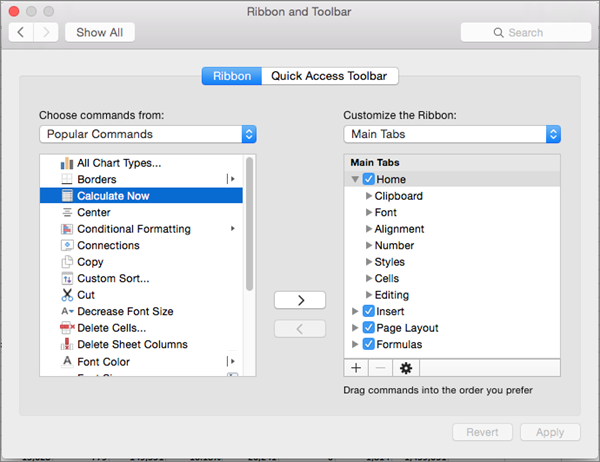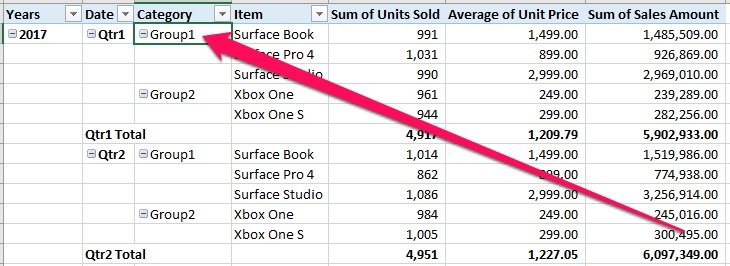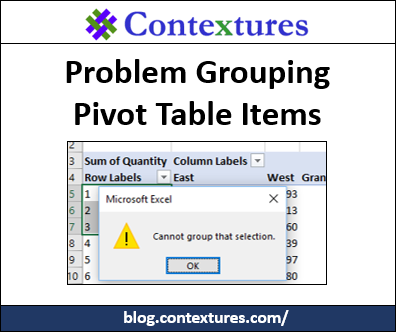

- EXCEL FOR MAC CANNOT GROUP THIS SELECTION HOW TO
- EXCEL FOR MAC CANNOT GROUP THIS SELECTION PC
- EXCEL FOR MAC CANNOT GROUP THIS SELECTION DOWNLOAD
There are also drop down list controls at the top of each box so that you can select which category in the toolbar that you want the command to come from or go to. You can also change the order in which the commands appear by dragging them up or down the list as you wish. You can move items in either of the lists back and forth to the other by selecting an item from the list you want to move the command from and then hitting the arrow button of the direction you wish to move it to. If you’re unfamiliar with this type of screen, basically you have two boxes with buttons in between them that have arrows facing in opposite directions. The screen that comes up is of the double list box variety. To access the configuration screen for the Ribbon toolbar, open a new workbook in Excel and then go to the Preferences menu and select Ribbon and Toolbar.

Add/Remove Commands to the Ribbon Toolbar Please note that these instructions are for the Office 2016 version of the software.
EXCEL FOR MAC CANNOT GROUP THIS SELECTION HOW TO
Now that MS Office has become the standard for office applications on the Apple Macintosh OS, too, let’s discuss how to customize the Excel toolbar on a Mac.
EXCEL FOR MAC CANNOT GROUP THIS SELECTION PC
We have a separate table which lists the states and territories and their respective regions – see Figure 1.Most of the blog posts that deal with customizing the toolbars on Microsoft Office products are written for PC users. However the Sales data table doesn’t include a region field. We want to report on regional sales where each state or territory is allocated to a region. I will use a simple example with a Sales data table that includes a column heading Sales_State. PivotTables use the term “field” for a column. Note: In Excel, columns equate to fields in a database. Using the Order ID to create a relationship between the Sales and Order tables lets you extract the name from the Order table and use it in your Sales report.

In the Sales/Order example, if you wanted to create a report based on the person who raised the order it is unlikely to be in the Sales data table. Relationships provide a way to extract data from multiple tables to complete your report. In many cases, a single data table doesn’t have all the information you need to create your report. Related: Use this spreadsheet to practice these techniques Why create a Relationship? This means you could create a PivotTable report based on data from both tables. If the Sales data table also includes that Order ID column then a relationship could be established between the two tables. The Order table, however, will have a unique Order ID field. Both might contain a State column, but in both tables those fields will contain duplicates, so you can’t use the State field to create a relationship. The Data Model feature lets you create a basic relational database structure within Excel.Īs an example, consider an Order data table and a Sales data table. Relational databases (for example, SQL and Access) are built on these types of relationships and can contain hundreds of tables.
EXCEL FOR MAC CANNOT GROUP THIS SELECTION DOWNLOAD
In Excel 2010 you can download the PowerPivot Add-in free from Microsoft and use PowerPivot to create PivotTable reports based on multiple tables. In Excel 2007 and earlier versions, no, that’s as good as it gets. I use VLOOKUP to combine data from multiple tables so that I can create a PivotTable report.


 0 kommentar(er)
0 kommentar(er)
